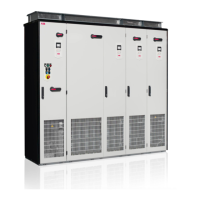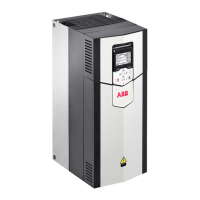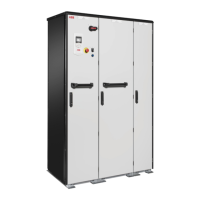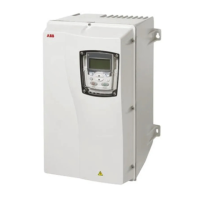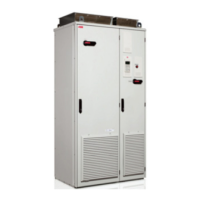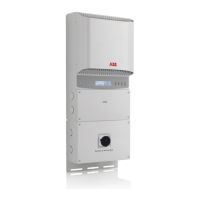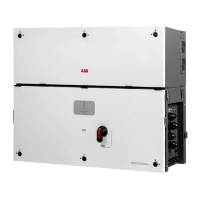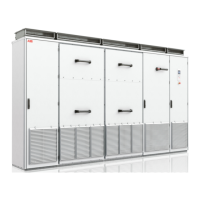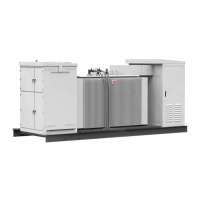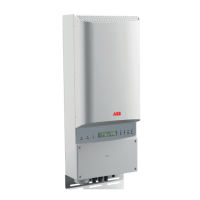Technical data
111
Symbols
Derating
The load capacity (current and power) decreases if the installation site altitude exceeds 1000 metres
(3300 ft), or if the ambient temperature exceeds 40 °C (104 °F).
Temperature derating
In the temperature range +40 °C (+104 °F) to +50 °C (+122 °F) the rated output current is decreased
1 % for every additional 1 °C (1.8 °F). The output current is calculated by multiplying the current given
in the rating table by the derating factor.
Example
If the ambient temperature is +50 °C (+122 °F) the derating factor is 100% - 1 · 10 °C =
90 % or 0.90. The output current is then 0.90 · I
2N
or 0.90 · I
2hd
.
Note: I
cont.max
rating is not allowed above 40 °C (104 °F).
Altitude derating
In altitudes from 1000 to 4000 m (3300 to 13123 ft) above sea level, the derating is 1% for every 100 m
(328 ft). For a more accurate derating, use the DriveSize PC tool. If the installation site is higher than
2000 m (6600 ft) above sea level, please contact your local ABB distributor or office for further
information.
Nominal ratings
I
cont.max
Continuous RMS output current. No overloadability at 40 °C.
I
max
Maximum output current. Allowable for 10 seconds at start, otherwise as long as allowed
by drive temperature. Note: Maximum motor shaft power is 150% P
hd
.
Typical ratings for no-overload use
P
cont.max
Typical motor power. The power ratings apply to most IEC 34 motors at nominal voltage
(400, 500 or 690 V).
Typical ratings for light-overload use (10% overloadability)
I
2N
Continuous rms current. 10% overload is allowed for 1 minute every 5 minutes.
P
N
Typical motor power. The power ratings apply to most IEC 34 motors at nominal voltage
(400, 500 or 690 V).
Typical ratings for heavy-duty use (50% overloadability)
I
2hd
Continuous rms current. 50% overload is allowed for 1 minute every 5 minutes.
P
hd
Typical motor power. The power ratings apply to most IEC 34 motors at nominal voltage
(400, 500 or 690 V).
%
°C

